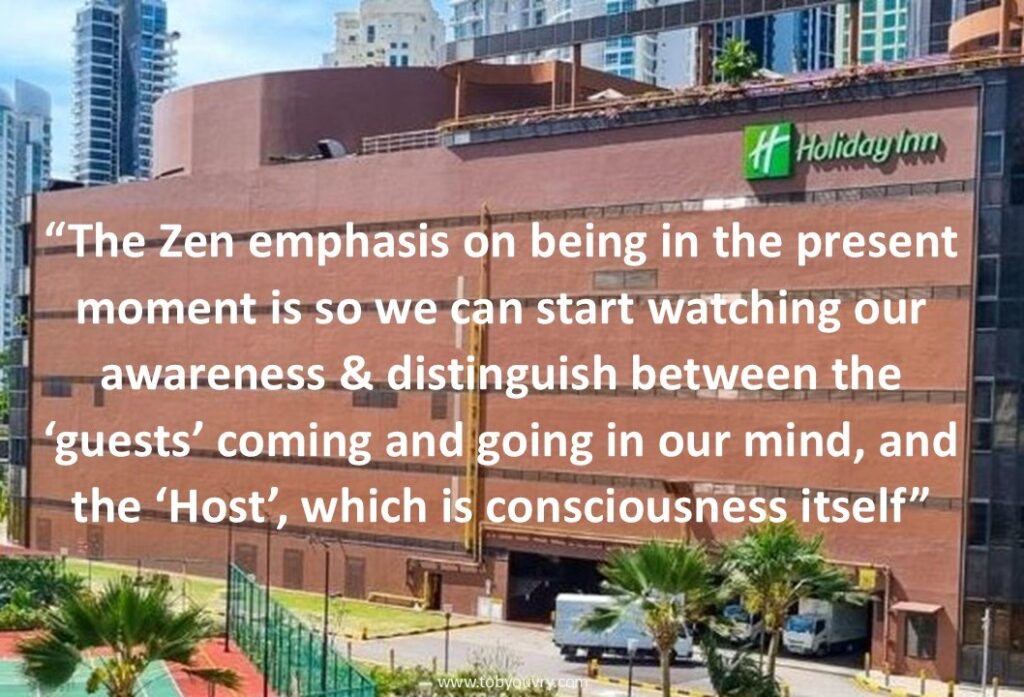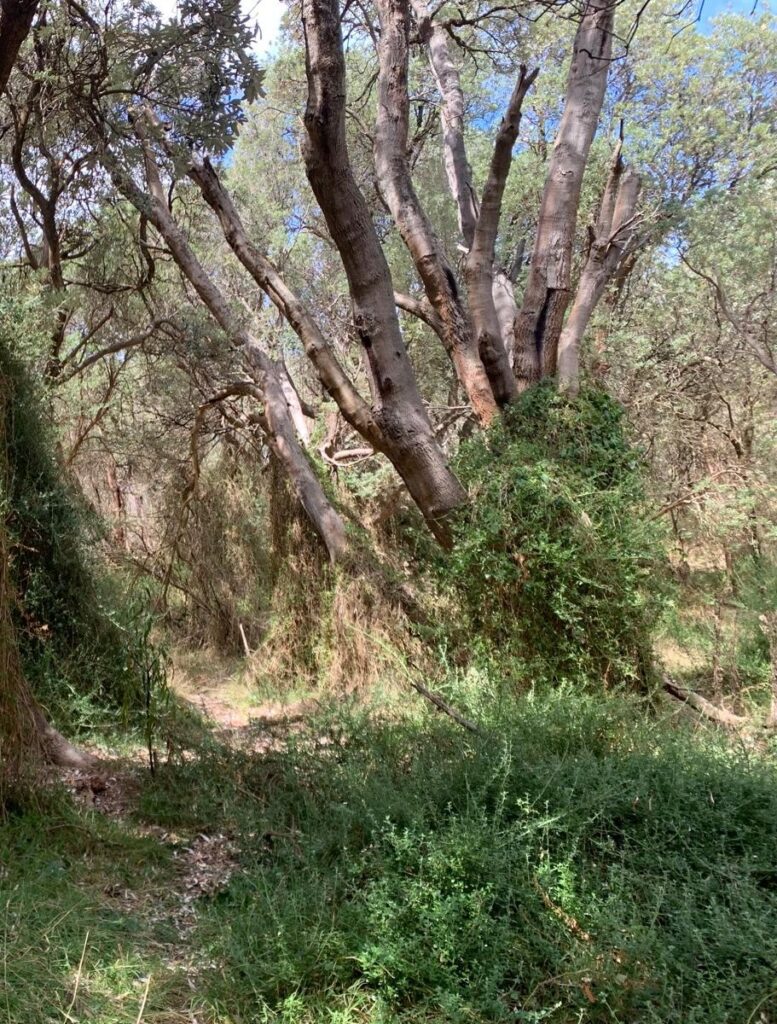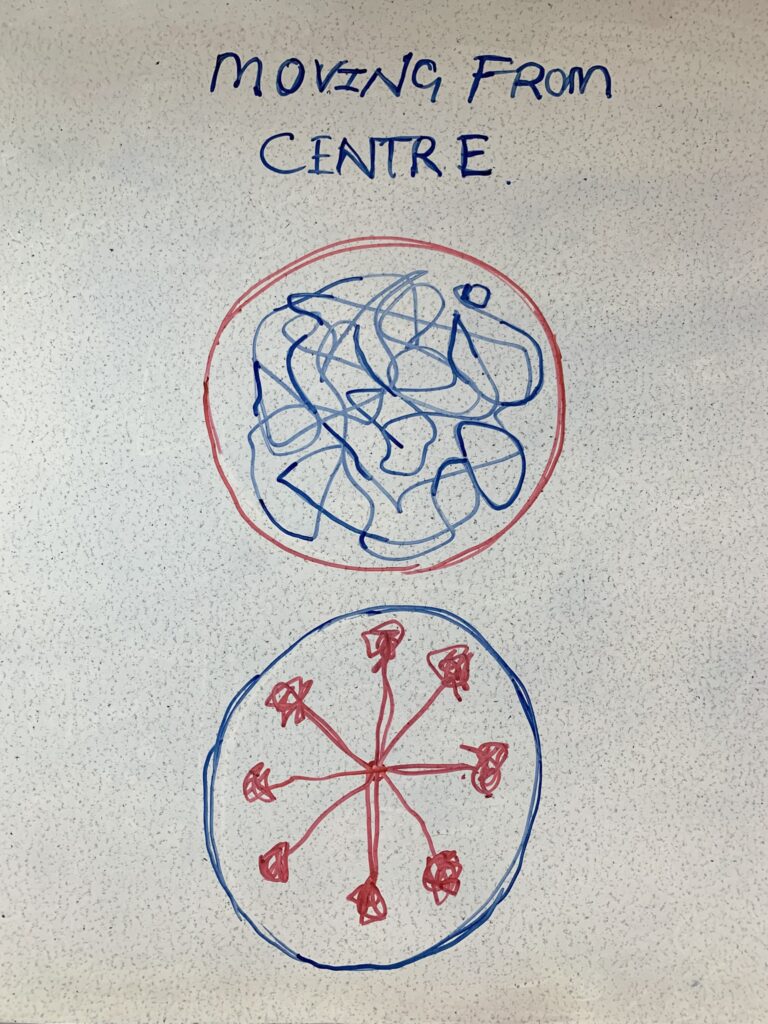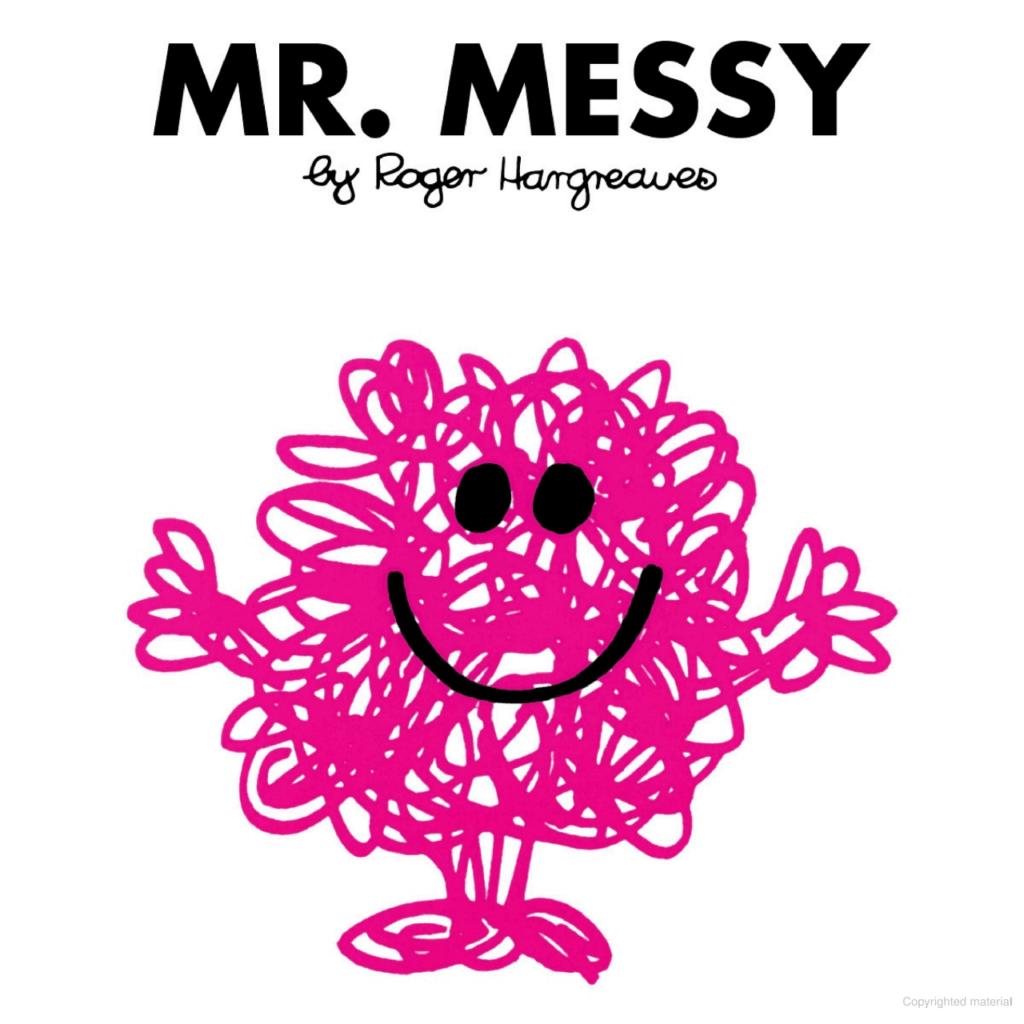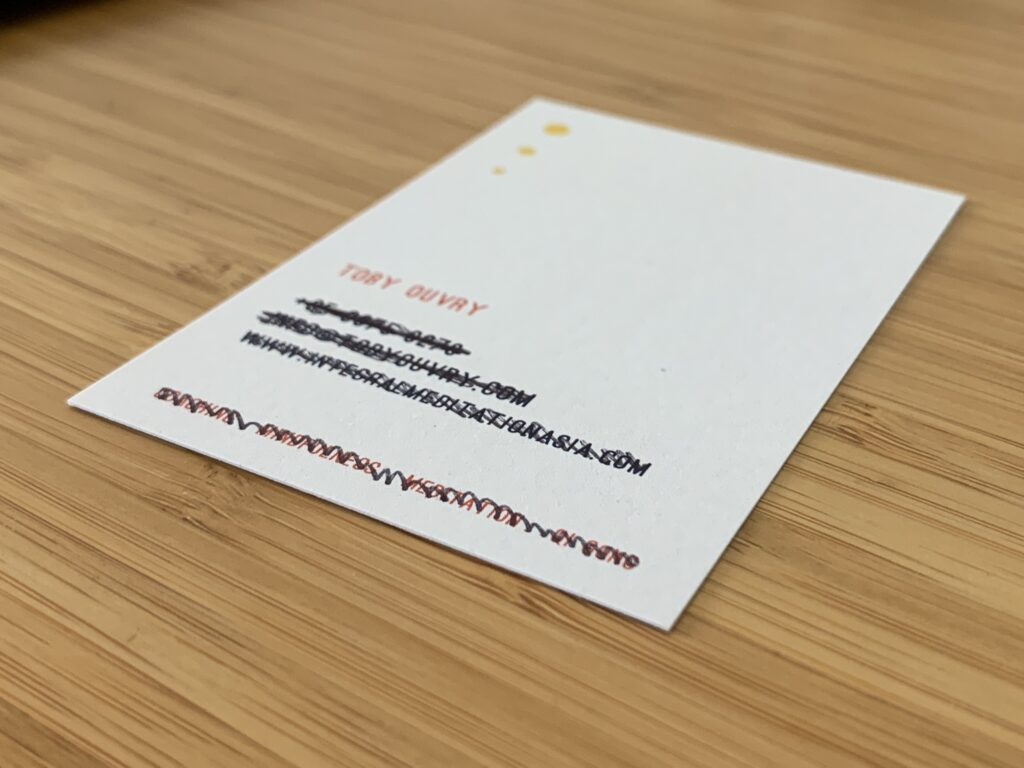“What is your original face before your parents were born?”
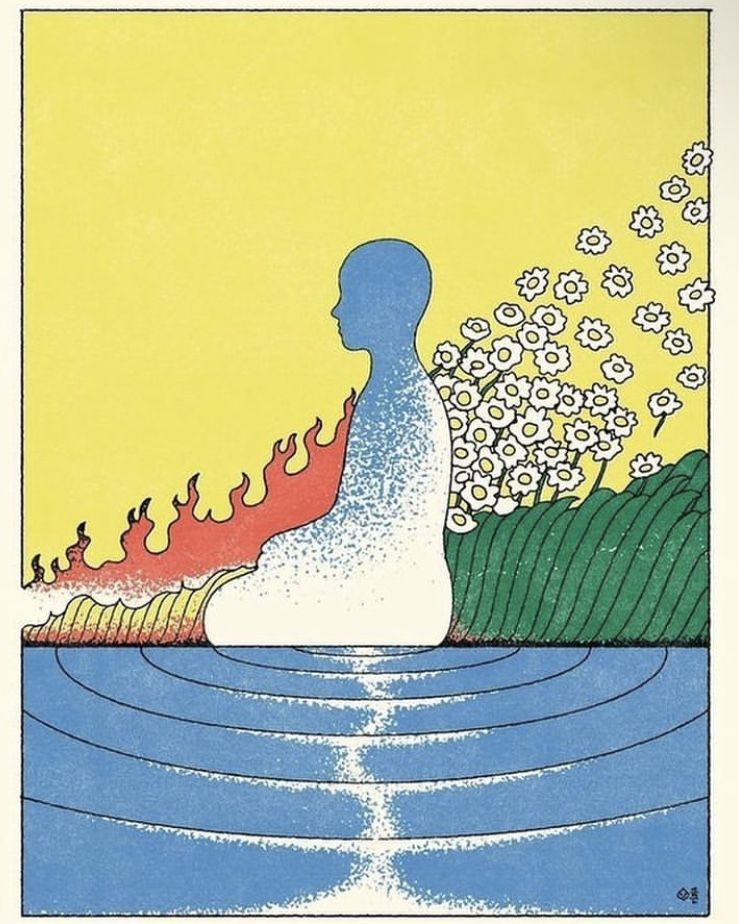
Dear Integral Meditators,
The ‘Original face’ mentioned above is a well known Zen koan, or riddle. In the article below I outline some simple awareness exercises to use it to develop your wise compassion, or ‘Karuna’.
If you enjoy it, you’d be welcome to join this week’s Tues/Weds or Saturday Zen meditations, where we will be exploring our original face in the sessions.
In the spirit of originality,
Toby
PS: October & November see the return of my Shadow & Language of the shadow workshops, click the links for full details!
Compassion, wisdom & your original face
This article is really a set of pointing out instructions for developing compassion in the spirit of Zen meditation. There are five ‘positions’, each one can be explored as a practice in its own right, but put together they invite a rich and wholistic growth of our wise compassion over time.
Position 1: Centering in the six directions
Sit comfortably, then become aware of the direction in front of you, behind you, to your left, to your right, above and below. Become aware your vertical center, which you can visualize as a line of light and energy extending from your crown to your perineum. As you breathe in, breathe into your bodily center, as you breathe out let your awareness expand out into the six directions. Us this breathing pattern to become focused, relaxed, and present.
Position 2: Reflecting on your own pain & suffering with self-compassion
In this state of relaxed presence, become self-aware, creating an atmosphere of warmth and care toward yourself. Become aware of any parts of yourself that are in pain or suffering for whatever reason. As you breathe in, feel yourself contacting these parts of self, as you breathe out extend gentle understanding and compassion to them, embracing them with this energy.
Position 3: Meditating on your ‘Original face’
Reflect upon the well-known Zen koan:
“What is your original face before your parents were born?”
Here your ‘original face’ is simply the space of consciousness itself before thoughts are ‘born’, the space and ‘face’ before you think (see the description of the Host in my previous article). Return to position 1, centering in the six directions, but emphasizing moving into stillness and non-thought in the moment. As you breathe in center, as you breathe out let go of your thoughts and relax into the open space of consciousness itself, your ‘original face’.
Position 4: Generating wise compassion for all living beings, recognizing them as ‘Self’
Position 3 invites us to see that, in the space of consciousness itself, ‘self’ and ‘other’ dissolve into a singular identity as consciousness itself. Consciousness itself appears as both ‘self’ and ‘other’. Recognizing this, allow your care and compassion to extend from yourself to all other living beings, knowing that, in the space of your original face, we are all one aspect of the same being. This combination of compassion and the wisdom recognizing your ‘Original face’ is called Karuna in Zen, which means wise compassion.
Position 5: Reflecting on your own opportunities for daily compassionate presence, & small acts of compassion
From the ‘metta’ perspective of position 4, now reflect on your own day and life. Look for ways in which you might be able to direct your compassionate presence towards those around you, and express it to them in small, appropriate ways.
Related article: Host & guest – Zen Witnessing
© Toby Ouvry 2025, you are welcome to use or share this article, but please cite Toby as the source and include reference to his website www.tobyouvry.com
All upcoming classes & workshops
Ongoing on Tuesday’s & Wednesday’s (live & online), 7.30-8.30pm – Weekly integral meditation classes
Ongoing Tuesday & Weds September, 7.30-8.30pm, – Integral Meditation from the Perspective of Zen – A 10 week series
Saturdays 5.30-6.15pm – Zen meditation Deep-dive – A 10 session practice series
17 Oct 2025, 8am-12pm & 21 Nov 2025, 8am-12pm – The wisdom of Zen meditation practice retreat & course, levels 1&2
Saturday 25th October, 9am-12.30pm – Finding Freedom From What Holds You Back in Life: Practical meditations & techniques for working with your shadow-self
Saturday 22nd November, 9am-12.30pm – Meditations for Developing the Language of Your Shadow Self Workshop
Saturday 29th November, 7-9pm – Living Life From Your Inner Center – Meditations for Going With the Flow of the Present Moment
Follow Toby on: LinkedIn, YouTube, Instagram
Integral Meditation Asia
Online Courses * 1:1 Coaching * Books * Live Workshops * Corporate Mindfulness Training *Life-Coaching * Meditation Technology
